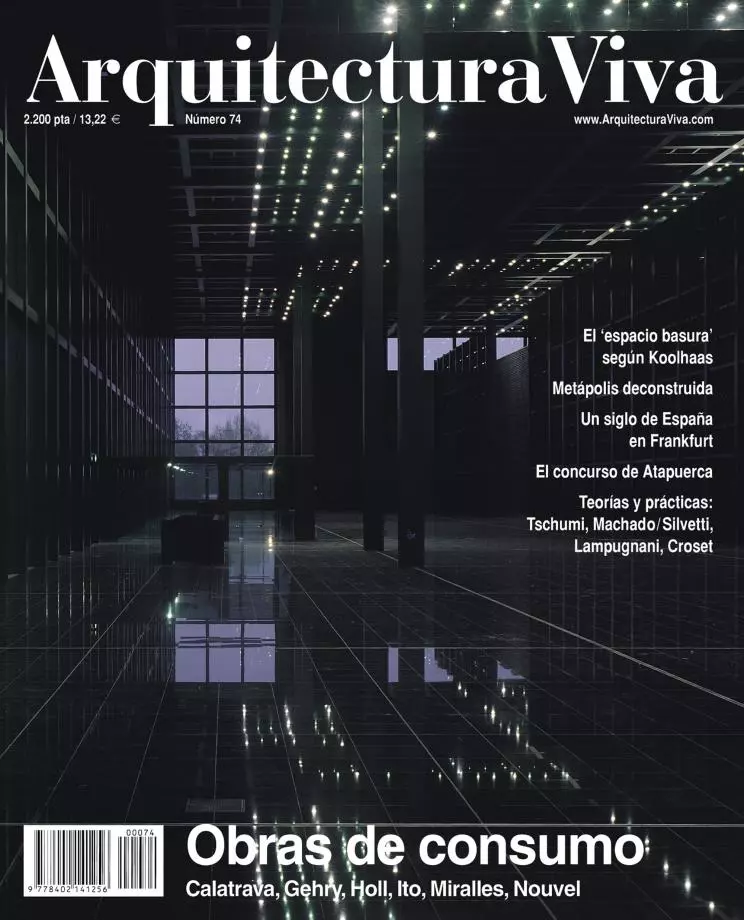Architecture is consumed in the bonfire of the world. The urban magma swallows up its works in the same way that the media magma digests its images, and both buildings and their representations are metabolized in the confusing cacophony of the territory and its kaleidoscopic perception. The most singular pieces maintain their positions on the landscape only during the short interval that stretches from the moment of curiosity about a new arrival to the onset of fatigue from déjà vu, and the most unusual images hold the attention of the spectator in the brief parenthesis between surprise and familiarity. In a universe of ever-changing esthetic tendencies, nothing is as close to the exclamation of admiration as the yawn of boredom, and in a fickle planet of lifestyles and fashion, validity cycles end as swiftly as the threshold of novelty rises.
If, as the French novelist and poet Michel Houellebecq argues, the world is but a colossal supermarket, then the average life span of architectural novelties on the shelves hardly suffices for them to be consumed and forgotten - thrown into the voracious torrent of interchanges and movements. And if, as the Dutch architect Rem Koolhaas defends, the most genuine construction of modernity is what he calls ‘junkspace’, then the most exacting works are diluted in it as soon as they are done - dumped into the formless mire of the imprecise urb like vehicles or haphazard furniture dragged by a flood of mud. It is under such scatological and inclement signs that architecture sinks in the fiasco of the city, and individual buildings melt in an ominous current of quick and viscous flows.
Neither spasmodic singularity (such as Frank Gehry’s bubbly bulks for the Museum of Rock in Seattle, where the polychromy of electric guitars drowns out the mute music of architecture) nor monumental scale (such as Santiago Calatrava’s titanic bones at the Museum of Science of Valencia, where the whale devours the cathedral) can rescue a work from the triviality of its environment. And what then of the more playful and sculptural projects? Neither the choreographic and coloristic volumes of Enric Miralles’ School of Music in Hamburg nor the random patterns of Steven Holl’s headquarters for a Dutch company in Amsterdam will save these constructions from the babel of voices. Even Jean Nouvel’s Law Courts in Nantes, with its galactic exactitude of dark reflecting geometries, or Toyo Ito’s Médiathèque in Sendai, with its bundles of structural tubes wrapped with finicky and transparent precision, eventually surrender their crystallographic perfection to the formless texture of the surrounding territory. Architecture pretends to produce the world that consumes it.






